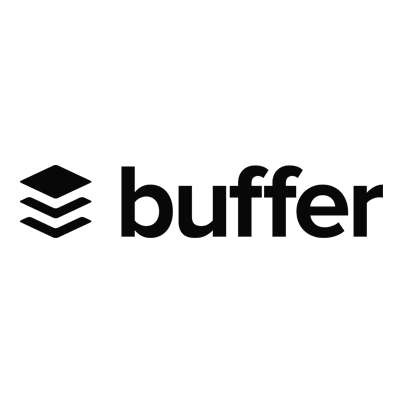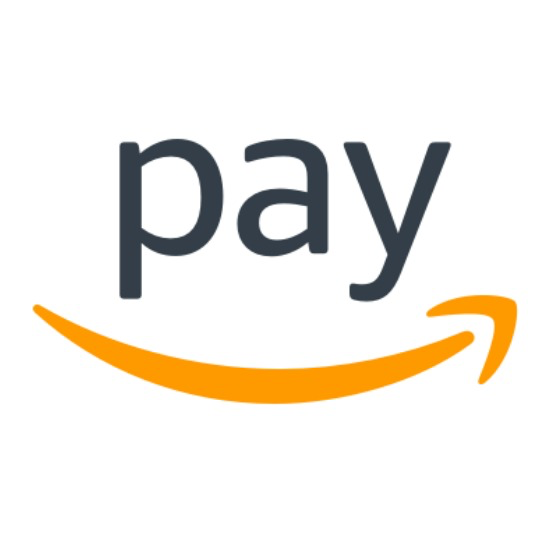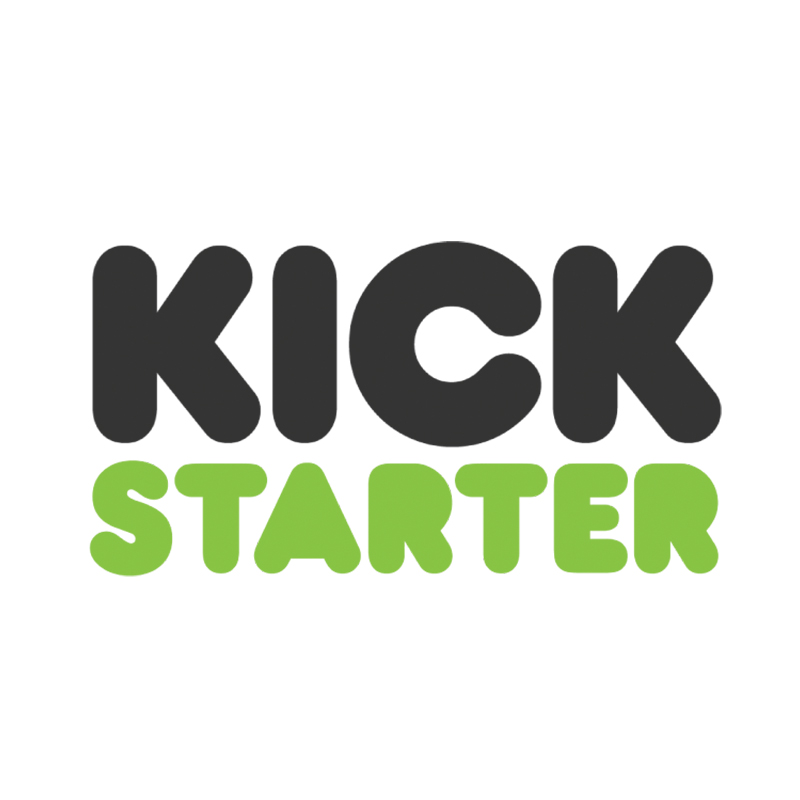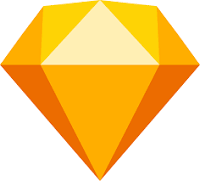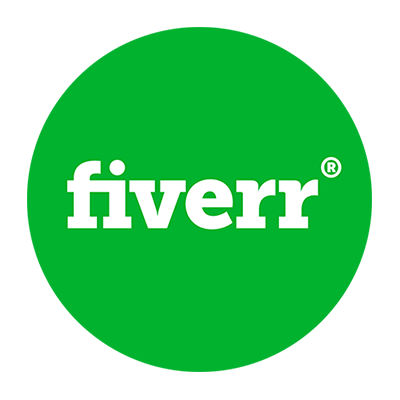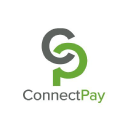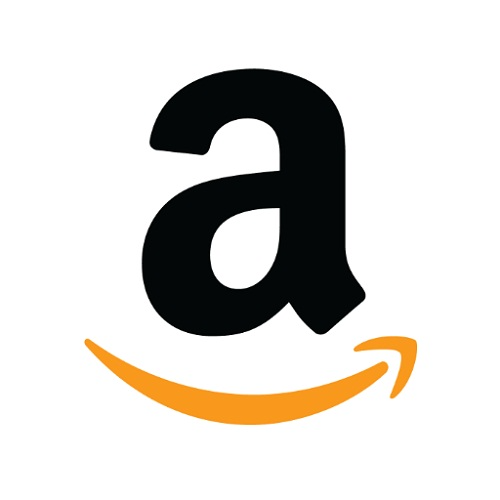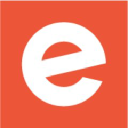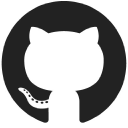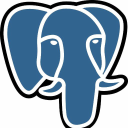How I Designed And Patented A $40K/Month Agile Framework
Hello! Who are you and what business did you start?
My name is David Bishop, and I started Agile Worx, an organization that provides tools, training, and consulting services to technology companies. Our main product is “Metagility” a new, patented framework that leverages agile principles to help technology companies become #1 in their market.
“Metagility” is based on the concept of Agile Vorticity, which was derived from over 10 years of peer-reviewed scientific research. At Agile Worx, we’ve productized this research into an entire ecosystem of products and services that maximizes productivity, efficiency, quality, and customer satisfaction for our clients.
Although there are other “agile frameworks” on the market, “Metagility” is the only framework that has received a US patent and proven by scientific peer-reviewed research to accomplish what we say it does.


Download the report and join our email newsletter packed with business ideas and money-making opportunities, backed by real-life case studies.

Download the report and join our email newsletter packed with business ideas and money-making opportunities, backed by real-life case studies.

Download the report and join our email newsletter packed with business ideas and money-making opportunities, backed by real-life case studies.

Download the report and join our email newsletter packed with business ideas and money-making opportunities, backed by real-life case studies.

Download the report and join our email newsletter packed with business ideas and money-making opportunities, backed by real-life case studies.

Download the report and join our email newsletter packed with business ideas and money-making opportunities, backed by real-life case studies.

Download the report and join our email newsletter packed with business ideas and money-making opportunities, backed by real-life case studies.

Download the report and join our email newsletter packed with business ideas and money-making opportunities, backed by real-life case studies.


















